Adobo pepper sauce is a smoky, tangy condiment made from ground chilies, vinegar, garlic, and spices, originating from the Philippines. It's widely used in Latin American and global cuisines to enhance flavors in meats, vegetables, and soups. This guide covers its definition, flavor profile, cooking uses, homemade recipe, buying tips, and expert advice to help you master this versatile sauce.
Table of Contents
- What Is Adobo Pepper Sauce?
- The Flavor Profile of Adobo Pepper Sauce
- How to Use Adobo Pepper Sauce in Cooking
- Making Your Own Adobo Pepper Sauce at Home
- Buying Guide: Choosing the Best Adobo Pepper Sauce
- Top 5 Tips for Using Adobo Pepper Sauce
- Frequently Asked Questions
- Conclusion
What Is Adobo Pepper Sauce?
Adobo pepper sauce is a traditional condiment from the Philippines, derived from the Spanish word for "marinade." It combines dried chilies, vinegar, garlic, and spices like cumin and oregano to create a complex flavor profile. While regional variations exist—such as Mexican versions with spicier chilies or Filipino versions with more garlic—the core ingredients remain consistent. This sauce is prized for its ability to add depth without overpowering dishes, making it a staple in kitchens worldwide.
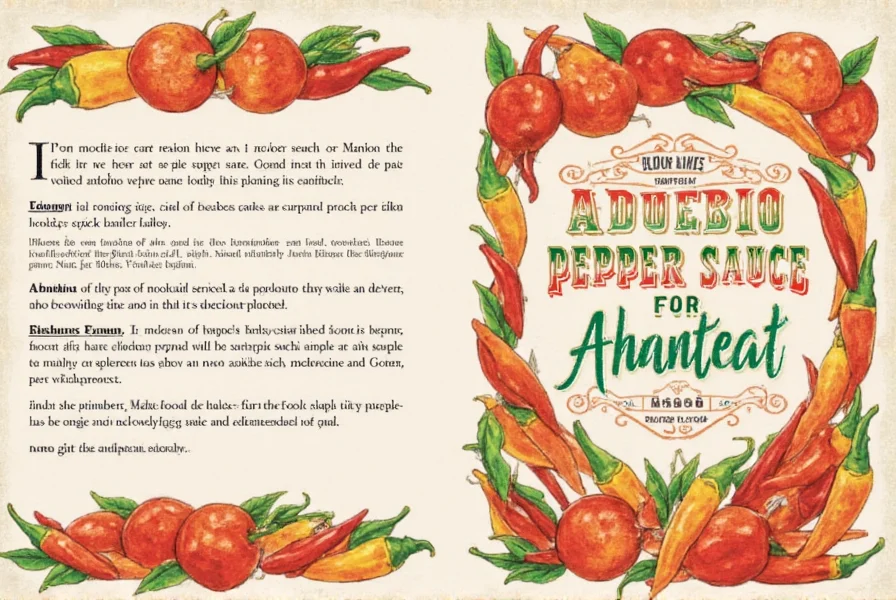
The Flavor Profile of Adobo Pepper Sauce
Adobo pepper sauce delivers a balanced mix of flavors that elevate any dish. Here's a detailed breakdown:
- Smoky: Many recipes use smoked chilies like chipotle, creating a deep, earthy base.
- Sour: Vinegar provides a bright, tangy acidity that cuts through richness.
- Savory: Garlic, oregano, and other herbs add umami and savory depth.
- Spicy: Heat level varies by chili type (e.g., mild ancho vs. fiery habanero).
- Umami: Some versions include soy sauce or fermented ingredients for meaty richness.
This harmony of sweet, sour, spicy, and umami notes makes adobo sauce ideal for marinades, dips, and finishing touches. It enhances rather than dominates, perfect for beginners and experienced cooks alike.
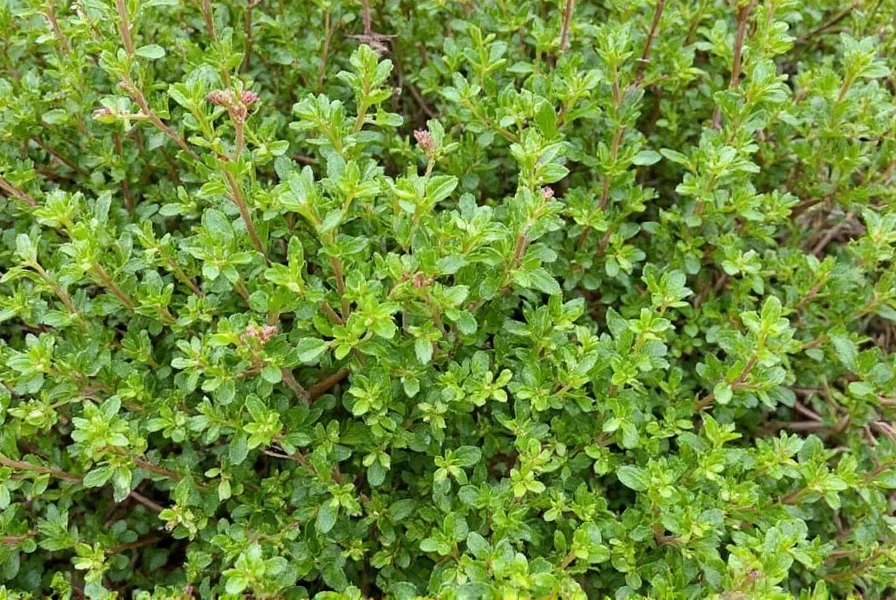
How to Use Adobo Pepper Sauce in Cooking
Adobo pepper sauce is incredibly versatile. Here are proven ways to incorporate it into meals:
- Marinade: Coat chicken, pork, or fish for 1-2 hours before grilling to tenderize and infuse flavor. For example, use it on steak for a smoky, tangy crust.
- Dip: Serve with tortilla chips, roasted vegetables, or spring rolls for an instant flavor boost.
- Stir-fries: Add 1-2 teaspoons during cooking for heat and complexity—great with tofu or shrimp.
- Grilled Meats: Brush onto burgers or kebabs in the last 2 minutes of cooking for a caramelized finish.
- Soups and Stews: Stir in a tablespoon to deepen flavors in chili, bean soup, or tomato-based dishes.
- Salads: Mix with olive oil and lemon juice for a bold dressing on kale or grain bowls.
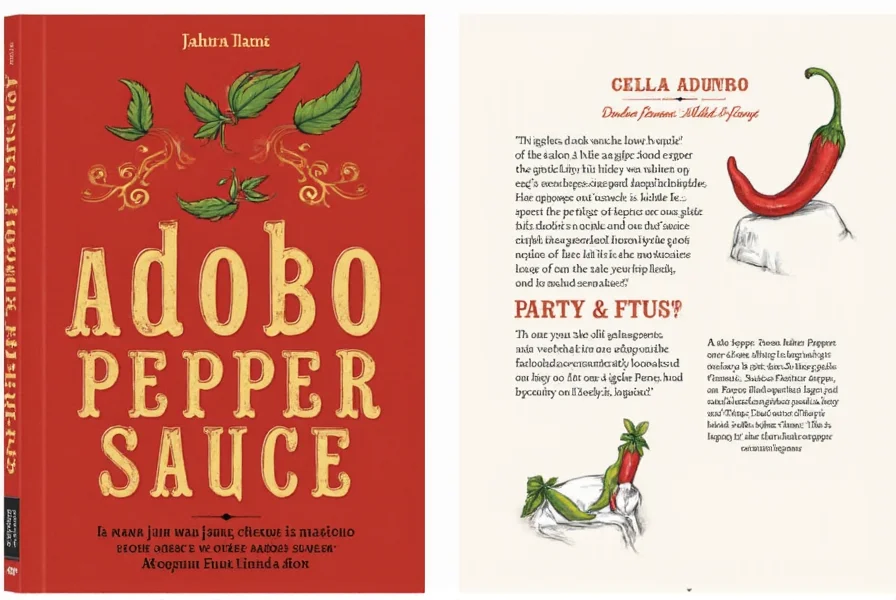
Experiment with pairings: try it with creamy dishes like mac and cheese or avocado toast to balance richness with acidity. The key is starting small and adjusting to taste.
Making Your Own Adobo Pepper Sauce at Home
Homemade adobo sauce ensures freshness and customization. This simple recipe yields 1 cup of sauce:
Ingredients:
- 1 cup dried red chilies (guajillo for mild, ancho for medium, or chipotle for smoky heat)
- 4 cloves garlic, peeled
- 1 tablespoon olive oil
- 1/4 cup apple cider vinegar
- 1 teaspoon ground cumin
- 1 teaspoon dried oregano
- 1/2 teaspoon salt
- 1/4 teaspoon black pepper
- Optional: 1 teaspoon honey for sweetness
Instructions:
- Soak chilies in hot water for 20-30 minutes until soft; drain well.
- Combine chilies, garlic, oil, vinegar, spices, and optional honey in a blender.
- Blend until smooth, adding 1-2 tablespoons water if needed for consistency.
- Transfer to a sterilized jar; refrigerate for up to 2 weeks or freeze for 6 months.
Pro tips: For extra smokiness, toast chilies in a dry pan before soaking. Adjust heat by removing chili seeds or using milder peppers like pasilla. This recipe is gluten-free and vegan by default.
Buying Guide: Choosing the Best Adobo Pepper Sauce
| Brand | Features | Pros | Cons |
|---|---|---|---|
| McCormick Adobo Seasoning | Classic blend of chili, garlic, and spices | Great for marinating meats; widely available | Not a liquid sauce; better as dry seasoning |
| Bonduelle Adobo Sauce | Smooth texture with balanced flavor | Versatile for cooking and dipping; low sodium | Mild heat; may need extra spice |
| La Costeña Adobo Sauce | Spicy and smoky, with thick consistency | Excellent for grilling; authentic Mexican flavor | Higher sodium; not ideal for dressings |
| Herdez Adobo Sauce | Lighter and more acidic | Perfect for salads and light dishes; low sugar | Less intense flavor; may require more quantity |
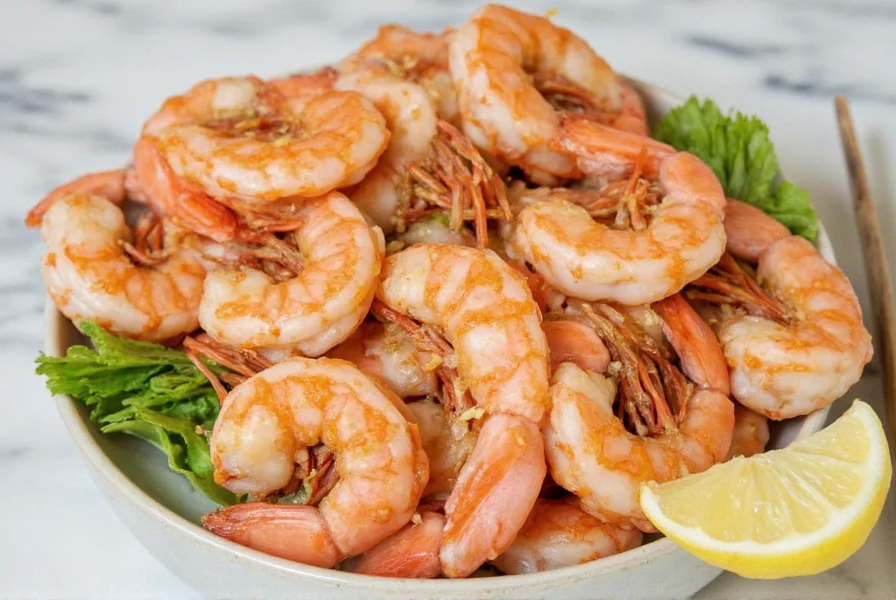
When buying, prioritize natural ingredients (no artificial preservatives) and check reviews for consistency. For cooking, choose thicker sauces like La Costeña; for dressings, opt for lighter options like Herdez. Always verify labels for gluten-free or vegan needs if required.
Top 5 Tips for Using Adobo Pepper Sauce
- Start Small: Add 1/2 teaspoon initially—adobo is potent. Adjust gradually to avoid overpowering dishes.
- Pair With Rich Foods: Balance fatty ingredients like cheese, avocado, or pork belly to enhance creaminess and cut through richness.
- Blend for New Flavors: Mix with mayo for spicy aioli, or combine with honey for a glaze on roasted vegetables.
- Store Properly: Keep refrigerated in an airtight container; homemade versions last 2-3 weeks. Freeze in ice cube trays for easy portioning.
- Experiment Creatively: Try it in unexpected ways—add to scrambled eggs, mix into rice, or use as a pizza topping for a flavor twist.

Frequently Asked Questions About Adobo Pepper Sauce
What's the difference between adobo sauce and chipotle peppers in adobo?
Adobo sauce is a tangy, smoky liquid made from chilies, vinegar, and spices. Chipotle peppers in adobo are smoked jalapeños preserved in that sauce. While related, they're distinct: adobo is the sauce itself, while chipotles in adobo are the peppers soaked in it.
How long does homemade adobo pepper sauce last?
Refrigerated in an airtight container, homemade adobo sauce lasts 2-3 weeks. For longer storage, freeze in ice cube trays (up to 6 months). Thaw before use for best flavor.
Is adobo pepper sauce gluten-free?
Traditional recipes are naturally gluten-free, using only chilies, vinegar, garlic, and spices. However, store-bought versions may contain gluten-based thickeners—always check labels. Certified gluten-free options are available for sensitive diets.
What are the health benefits of adobo pepper sauce?
Adobo sauce contains capsaicin from chilies, which may support metabolism and reduce inflammation. Garlic provides antioxidants, and vinegar aids digestion. However, it's a condiment—consume in moderation as part of a balanced diet, and consult a healthcare provider for medical advice.
Can I make adobo sauce less spicy?
Yes! Use milder chilies like ancho or guajillo, remove seeds and membranes (where most heat resides), or add a touch of honey or sugar. Start with small amounts and adjust to your preference.
What can I use if I don't have adobo pepper sauce?
Create a quick substitute: mix 1 tbsp tomato paste, 1 tsp vinegar, 1/2 tsp garlic powder, 1/4 tsp onion powder, 1/4 tsp oregano, and a pinch of cumin. For heat, add cayenne pepper. While not identical, it captures the core smoky-savory profile.
Conclusion
Adobo pepper sauce is a culinary powerhouse that transforms simple dishes into extraordinary meals. Its smoky, tangy complexity makes it indispensable for marinades, dips, and finishing touches. Whether homemade or store-bought, understanding its flavor profile and uses unlocks endless possibilities. Start small, experiment fearlessly, and let adobo sauce elevate your cooking with minimal effort.

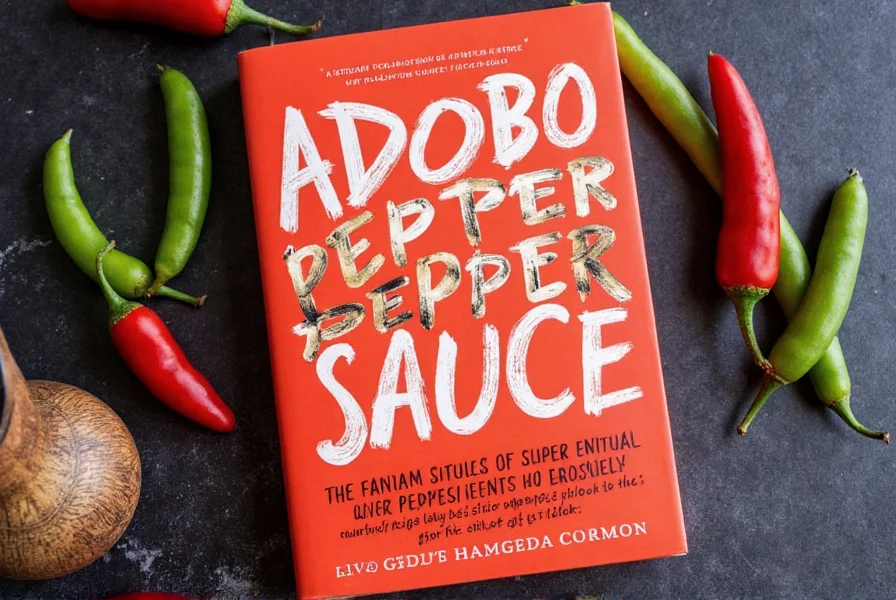









 浙公网安备
33010002000092号
浙公网安备
33010002000092号 浙B2-20120091-4
浙B2-20120091-4